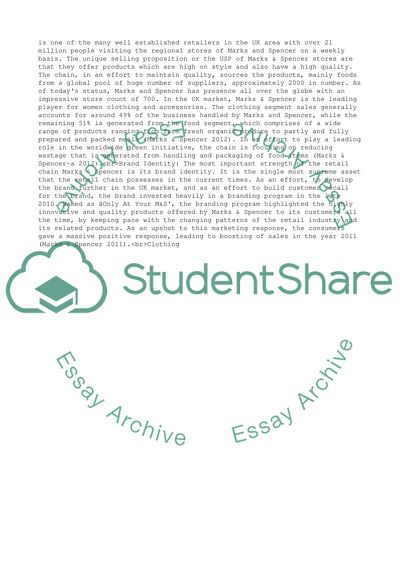Cite this document
(Internal capabilities of a company - Strategic Management Essay, n.d.)
Internal capabilities of a company - Strategic Management Essay. https://studentshare.org/management/1772571-internal-capabilities-of-a-company-strategic-management
Internal capabilities of a company - Strategic Management Essay. https://studentshare.org/management/1772571-internal-capabilities-of-a-company-strategic-management
(Internal Capabilities of a Company - Strategic Management Essay)
Internal Capabilities of a Company - Strategic Management Essay. https://studentshare.org/management/1772571-internal-capabilities-of-a-company-strategic-management.
Internal Capabilities of a Company - Strategic Management Essay. https://studentshare.org/management/1772571-internal-capabilities-of-a-company-strategic-management.
“Internal Capabilities of a Company - Strategic Management Essay”. https://studentshare.org/management/1772571-internal-capabilities-of-a-company-strategic-management.


